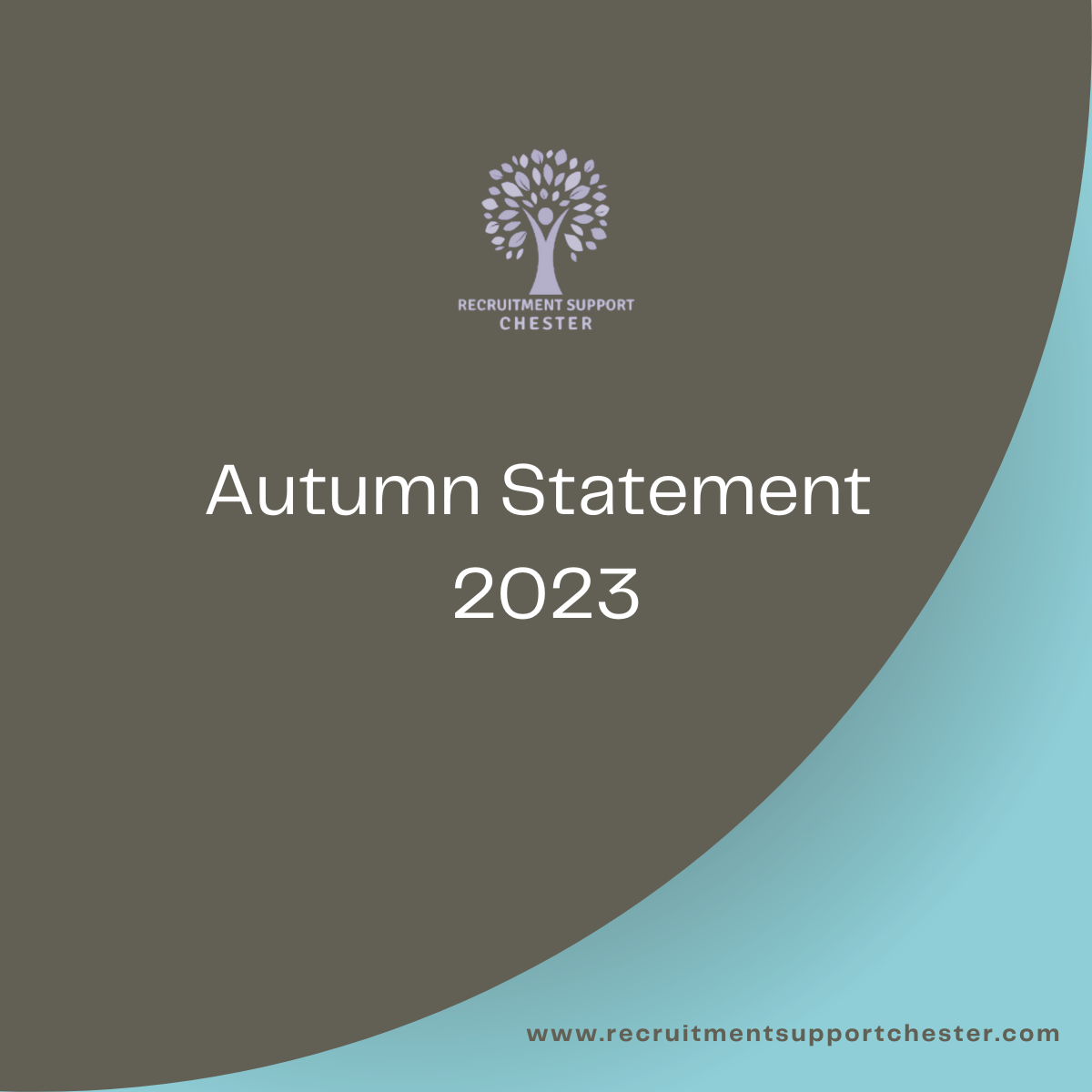The Autumn Statement of 2023 has announced a pivotal adjustment to the main rate of National Insurance, reducing it from 12% to 10%, effective from January 6. This bold decision is aimed to impact a substantial 27 million individuals across the nation, offering a tangible relief to both employees and employers alike.
Another change is the abolition of Class 2 National Insurance, a levy previously imposed on self-employed individuals earning over £12,570. Starting from April, this elimination is expected to streamline financial burdens for this category of workers.
Furthermore, the statement has addressed Class 4 National Insurance for the self-employed, particularly those with profits ranging from £12,570 to £50,270. The rate, previously set at 9%, is set to be reduced to 8% from April onwards. This adjustment aims to foster a more favourable environment for entrepreneurial ventures within this income bracket.
Shifting the focus to the workforce, the legal minimum wage, officially termed the National Living Wage, is slated for an increase. Come April, the hourly rate will surge from £10.42 to £11.44, signalling a commitment to improving the financial well-being of workers across various sectors.
In a move towards inclusivity, the Autumn Statement introduces a new wage rate applicable to 21 and 22-year-old workers. This marks a departure from the previous age threshold of 23 and above.
In summary, the Autumn Statement of 2023 paints a picture of substantial adjustments, aiming to stimulate economic growth, alleviate financial pressures, and promote fairness within the workforce.







